Silicones are supposed to make hair & skin feel smooth, but they’re anything but slick! Learn everything you need to know about silicones including what they are, how they’re used, negative effects, & what to look for on labels.
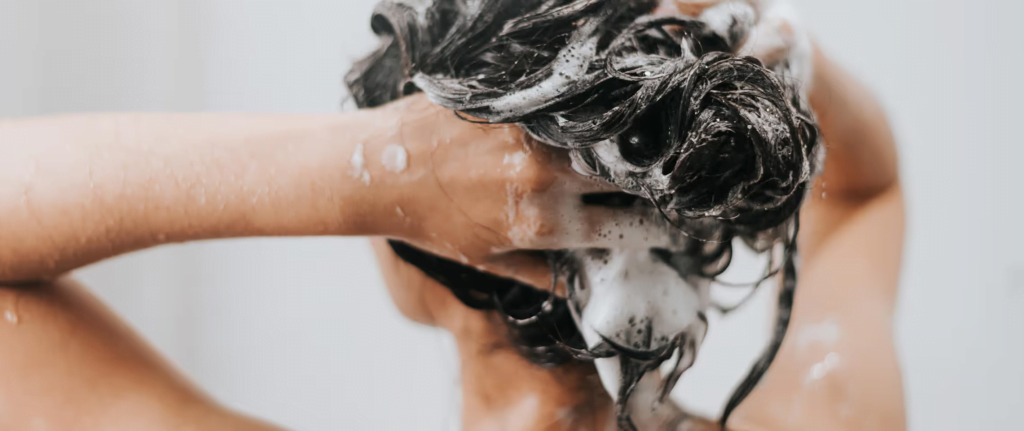
I’m a natural beauty junkie and over the past couple of years I have really been digging into some of the chemicals and additives used in the conventional beauty industry. I love to learn how they are used in beauty products and to what end so that we can source all-natural skin- and earth-loving alternatives.
Today I want to highlight an ingredient that is used industry wide in everything from cosmetics to haircare products: silicones and their relatives siloxanes.
Below, I’ll outline everything you need to know about silicones in cosmetics and beauty products including what they are, how they’re used, negative effects, what to look for on labels and all-natural swaps that are kind to the planet so you can upgrade your beauty routine!
What are Silicones & Siloxanes?
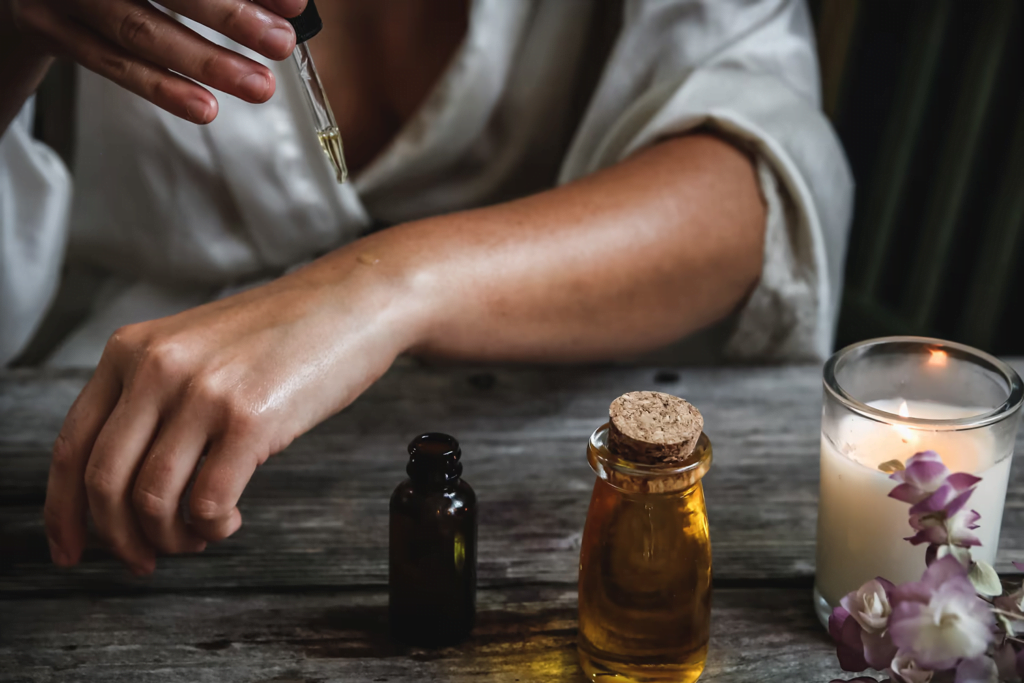
Silicones and their relatives, such as siloxanes, are synthetic polymers made from silica. Essentially, they are used in products for their occlusive properties (remember I mentioned this when discussing petroleum-based ingredients). What that basically means is that silicones seal the hair or skin and prevent moisture from getting in or out. They’re relatively cheap and easy to manufacture and provide a silky smooth feeling when used. Siloxanes are another silicone-based compound that are used for the same effects across the cosmetics and beauty industries.
However, as we’ll see below they aren’t always the best choice if you’re looking to truly nourish and moisturize your hair and skin. That’s because they provide a superficial smoothness and are used in many products basically as a filler since none of their benefits last after you wash them off.
How Are Silicones Used in Beauty Products?
Silicones have been used in the cosmetics industry since roughly 1950 and have since made their way into skincare and haircare products as well. They are able to provide a synthetic velvety feeling and smooth application in skin, hair, and cosmetic products by creating a film over the hair and skin. However, as I’ll get into below, this film can build up and cause damage down the line.
In fact, aside from helping speed up wound-healing, the only benefits of silicones are truly superficial. And you know that I am all about getting to the root cause of an issue and naturally supporting the body back into balance. The same thing applies to beauty products–if your hair or skin are dry, figuring out why and supporting their health inside and out will have much better long term effects than applying a synthetic product designed to mask the issue.
What Are the Health Effects of Silicones & Siloxanes?
Now that we know more about how silicones are used in the beauty and cosmetics industries, let’s take a closer look at some of the effects of these ingredients.
1. They are hard to wash off
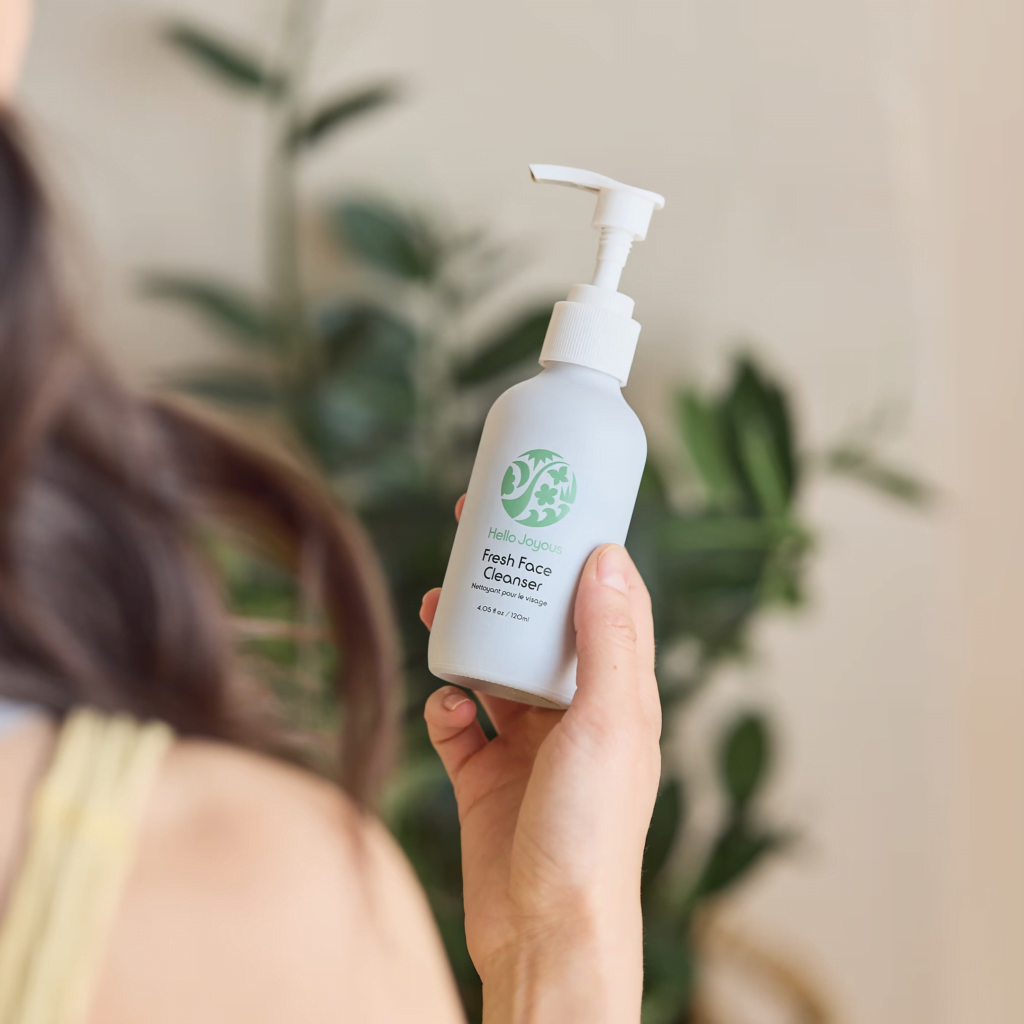
Whether you use silicones in your haircare, skincare, or cosmetics, they are hydrophobic. That means they repel water which can make them incredibly difficult to wash off. In order to do so, you may need to rely on ultra cleansing products that can end up stripping your hair and skin’s natural oils, leading to dryness, damage, or breakouts.
Avoid products with silicones and rely on gentle, yet effective cleansers that don’t strip your skin, like our Fresh Face Cleanser packed with comfrey root and golden jojoba.
2. They can block pores
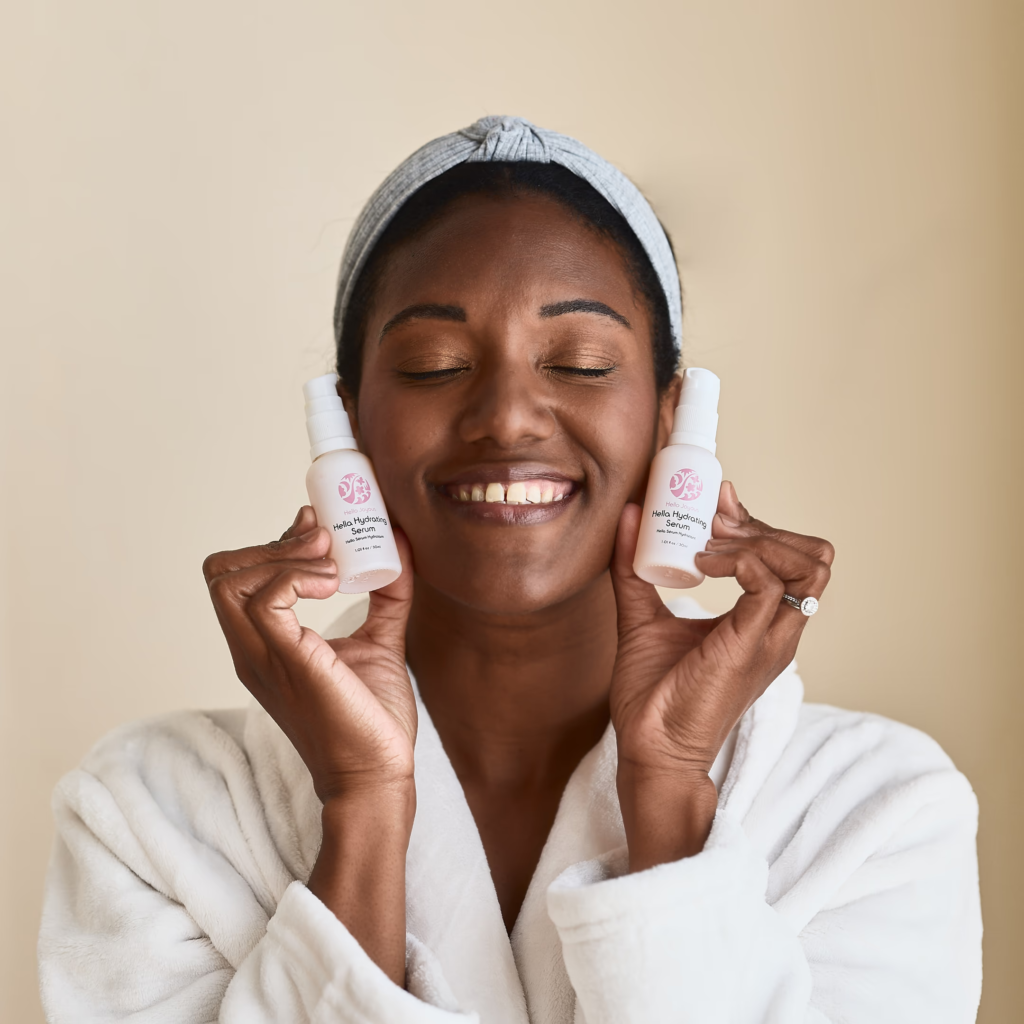
Another issue with the occlusive properties of silicones is that while they prevent air and moisture from entering the skin, they also trap impurities in the pores. That means if you are regularly using products on your face or body that contain silicones, you could be inadvertently causing your skin to break out. Combine the pore blocking action with the need for strong cleansers that can damage the skin microbiome and you’ve got a recipe for acne.
To get the soft, smooth look people are after when using silicone-based products, I always turn to my two-ingredient Hella Hydrating Serum. It’s made with a combination of organic cold-pressed rosehip oil and hyaluronic acid to moisturize, hydrate and truly nourish the skin for an all natural glow.
3. They can damage hair
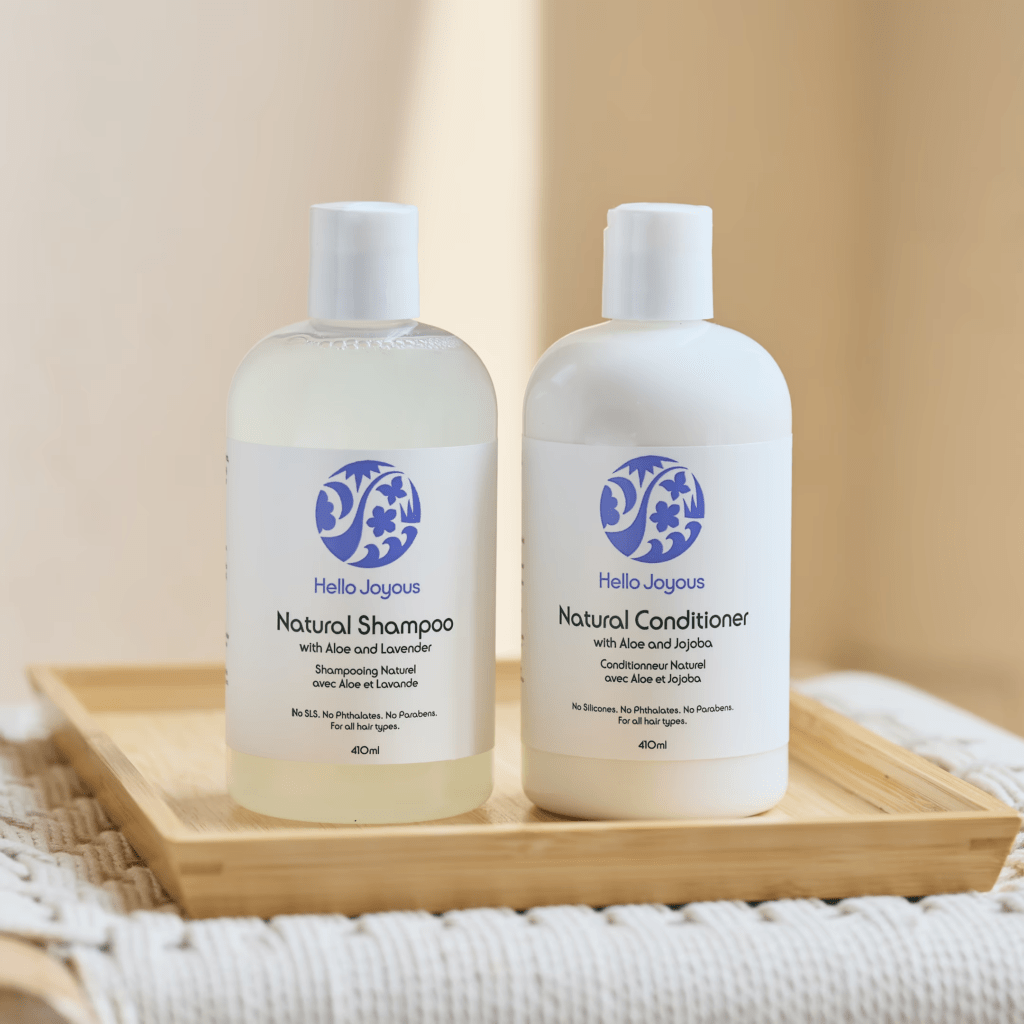
One of the most common uses of silicones is in hair care products. That’s because they create a sort of barrier on the outside of the hair shaft that makes hair seem soft and smooth at first. However, this barrier prevents moisture from penetrating your hair and can lead to dry, damaged, and brittle hair that easily breaks.
Rather than pretending that your hair is soft and smooth with synthetic ingredients, try deeply nourishing and moisturizing each strand with an all-natural shampoo and conditioner infused with aloe vera and jojoba for hair that truly shines!
4. They weigh down hair
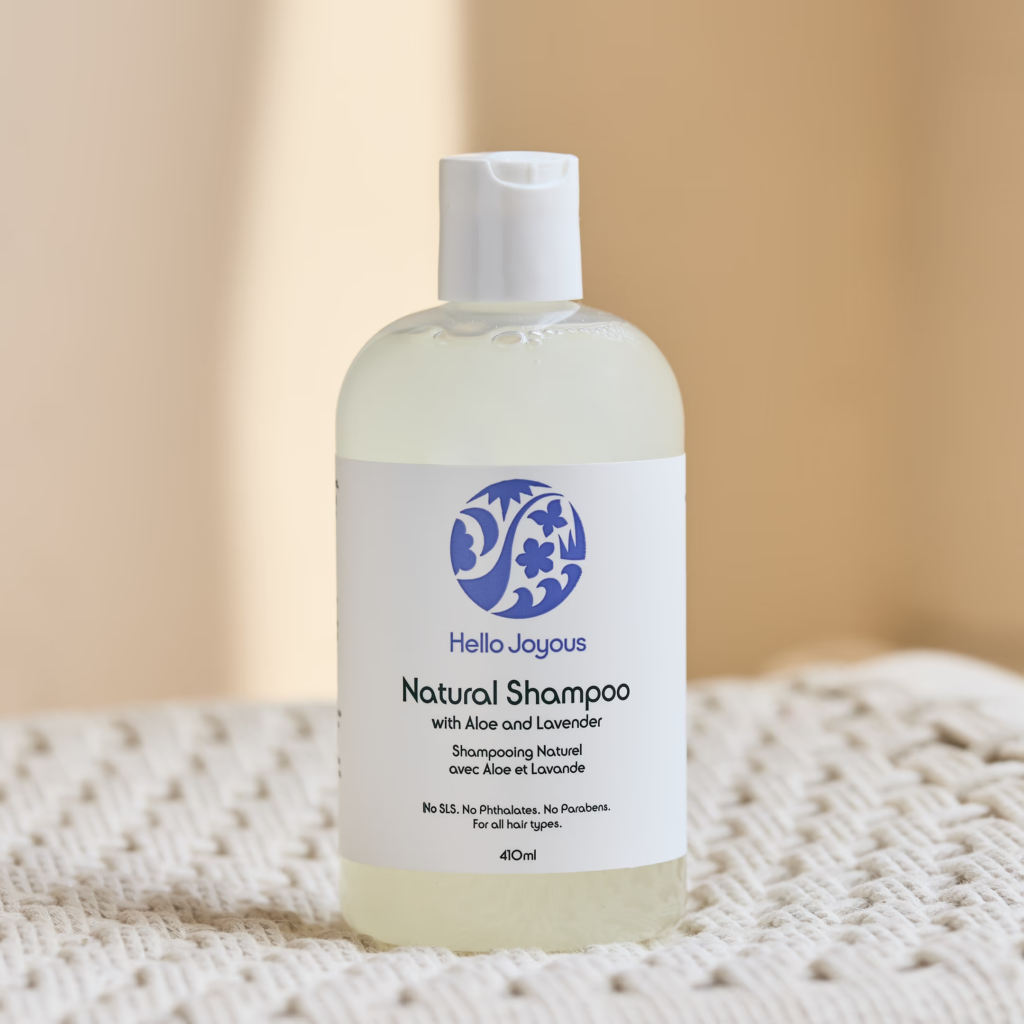
As mentioned above, silicones are hydrophobic, which makes them difficult to rinse out of your hair. If you are regularly using products infused with silicones then your hair can feel heavy and weighed down from all the buildup. It’s often recommended that people who use these products wash regularly with a clarifying shampoo, which removes the silicone build up but which can also strip your hair of natural moisture.
Our Hello Joyous All Natural Shampoo and Conditioner with Aloe and Lavender provides shine and moisture without weighing you down, plus it helps get any gunk and build-up out of your hair!
5. They can impact hormone health
According to the David Suzuki Foundation, the European Union has classified cyclotetrasiloxane as a known hormone disrupting chemical. There is some evidence that it can impact hormone function and may negatively impact fertility.
This form of siloxane is a common ingredient in shampoos, so if you struggle with hormonal issues it’s especially important that you look for a siloxane-free shampoo and conditioner. You can learn more ways to avoid hormone disrupting chemicals in your life in this article.
6. They don’t break down over time

Unfortunately, silicones and siloxanes are classified as persistent environmental chemicals. That means that they don’t break down over time and can build up in the environment. As we saw above, the negative hormonal effects can impact fertility and hormone balance, so this is absolutely not a chemical we want hanging around our environment long-term.
What to Look For on Labels
When shopping for beauty products, there are several different names that silicones can be found under. To support your hair and skin, naturally, avoid products that contain:
- Amodimethicone
- Cyclomethicone
- Ceteraryl Methicone
- Cetyl Dimethicone
- Dimethicone
- Dimethiconol
- Pheryl Trimethicone
- Stearyl Dimethicone
- Cyclotetrasiloxane
- Cyclopentasiloxane
- Dimethicone Copolyol
- Lauryl Methicone Copolyol
Essentially, you’ll want to avoid any ingredient on the label that ends in the suffix “cone” or that uses the prefix “PEG” as that indicates that it contains or is a variation of silicones or siloxane.
Non-Toxic Beauty Alternatives
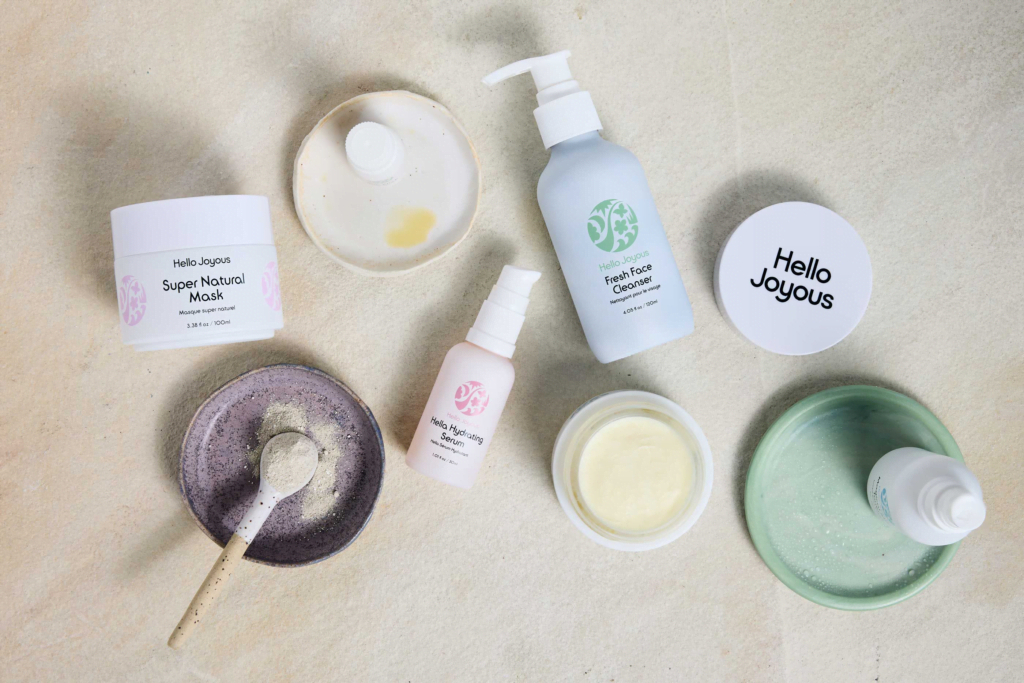
Silicones and siloxanes, such as dimethicone, are found in everything from cosmetics to hair products to deodorants and moisturizers.
Their prevalence in pretty much every area of the beauty industry is one reason I was inspired to develop my own line of clean, functional beauty products that use truly moisturizing ingredients to nourish hair and skin.
As you know, I’ve been using our Hello Joyous Body Butter for over a decade and it’s the only moisturizer that I used on Vienna when she was a baby. It’s made with a blend of ultra-moisturizing shea, coconut, and cocoa butters to truly nourish the skin.
I’ve also been using our Natural Shampoo and Conditioner with Aloe and Lavender for years to nourish and protect my hair. We use organic aloe vera juice and jojoba oils to truly hydrate and moisturize the hair from root to tip, without weighing it down with heavy silicones. Plus the lavender and rosemary essential oils support a healthy scalp and can promote hair growth.
And finally, our incredible skincare line is infused with the most antioxidant-rich, hydrating, soothing, and moisturizing ingredients that Mama Earth has to offer. Each product is designed to soften and soothe skin without stripping your natural oils and damaging the skin barrier for a complexion that truly glows.
In addition to being free of all silicones and siloxanes, every Hello Joyous product is formulated without any harsh chemicals, parabens, phthalates, synthetic fragrance, mineral oil, fillers, SLS, harsh detergents, GMOs or any other junk you don’t want on your skin or in your body. We’ve got you covered when it comes to thoughtful, organic skincare, hair care, and body care products! We make a promise not to use any of these potentially harmful ingredients to protect you and the planet.
My entire series on common chemicals used in beauty products has been designed to empower you with the knowledge you need to make the best possible decisions for your health and beauty routine. Once we know what to look for, we can choose the products that work best for our needs. To help you learn more check out the following articles on common skin and beauty product ingredients to avoid:
- Top 8 Skincare Ingredients to Avoid
- Everything You Need to Know About Phthalates
- Everything You Need to Know About Propylene Glycol
- Everything You Need to Know About Formaldehyde-Releasing Preservatives
- Everything You Need to Know About Petroleum-Based Ingredients
- Everything You Need to Know About Synthetic Fragrances
- Everything You Need to Know About BHT and BHA
- Everything You Need to Know About Aluminum
Xo Joy




